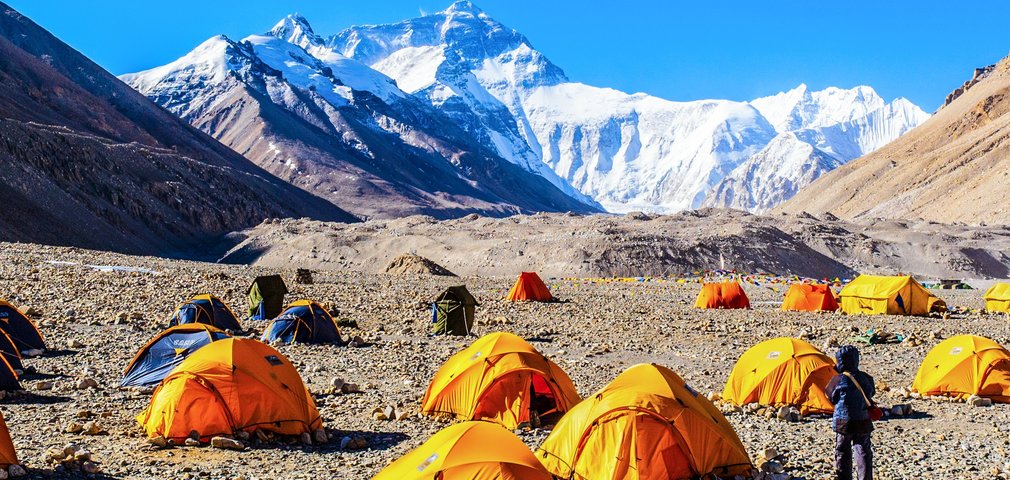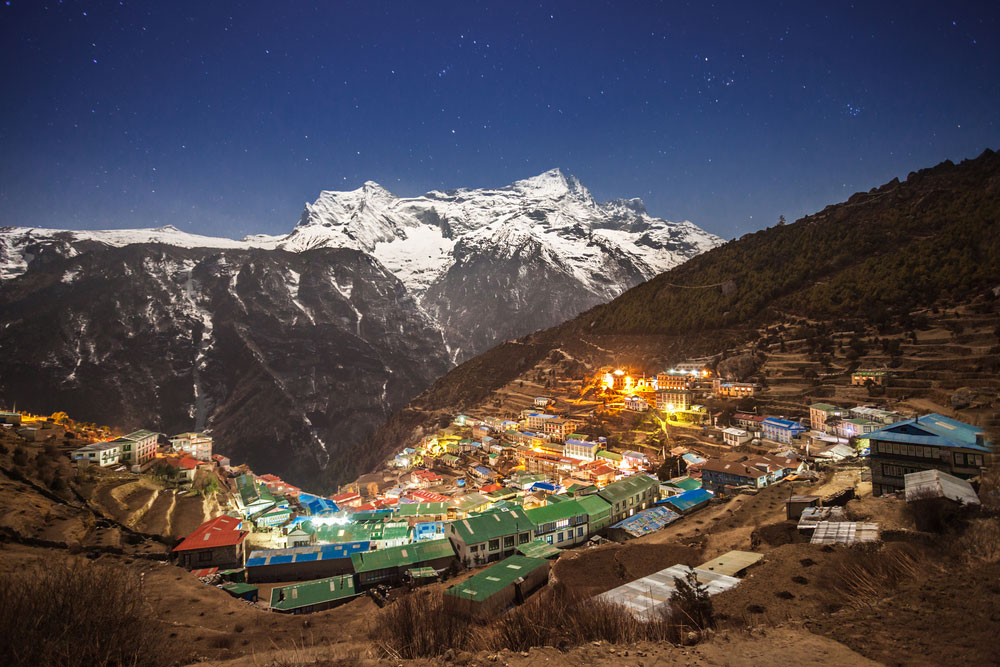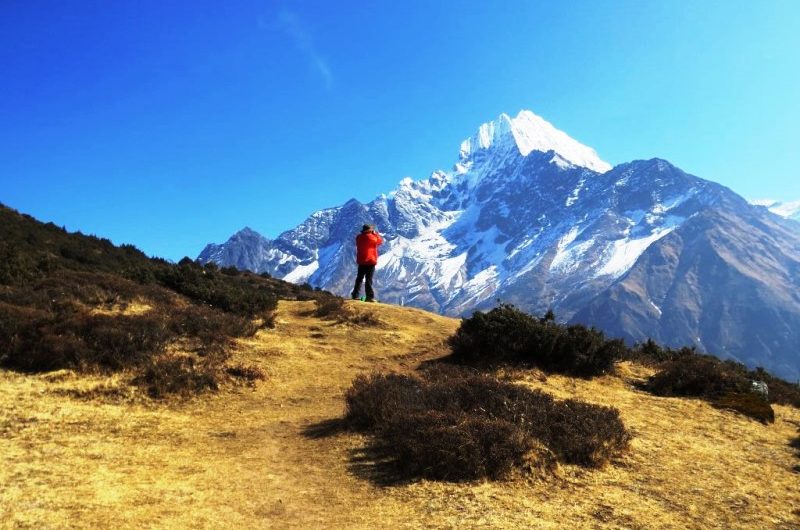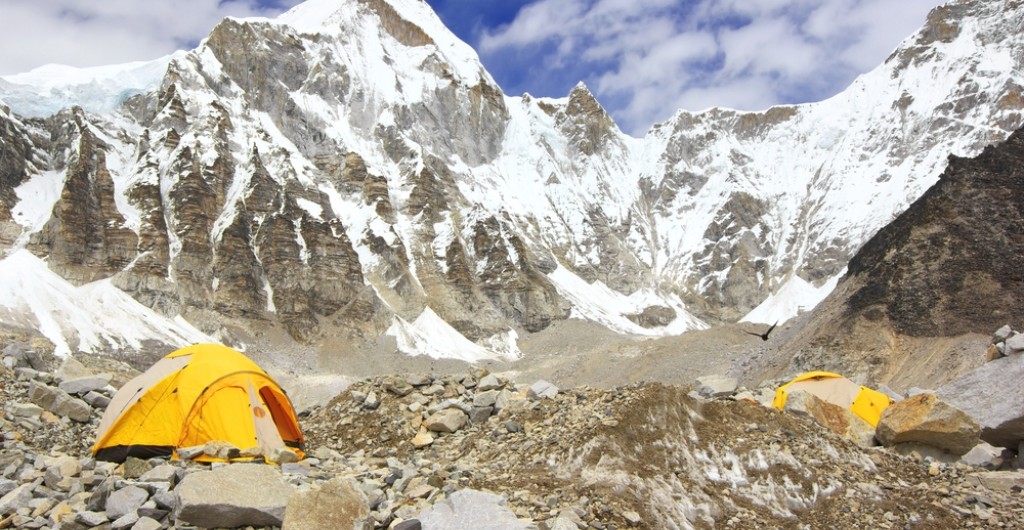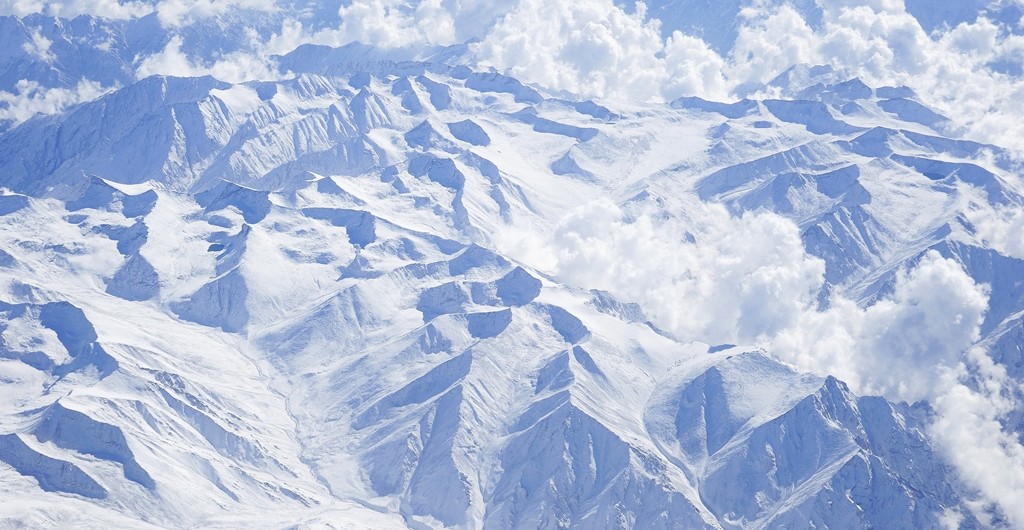Last Updated: April 16, 2020
Almost all mountaineers wish to scale the mighty Everest on some lucky day of their hiking career. And why not? The feeling of touching the roof of the world, world’s highest mountain-the magnificent Mt. Everest (8,848 m), the sheer magnitude of which makes everything else feel puny and irrelevant: the feeling of having accomplished a feat like this is an ultimate life goal for trekkers worldwide. Many mountaineers prepare all their lives for it and yet a small percentage really ever makes it. Isn’t that alone so chilling to comprehend? EBC or Everest Base Camp trek is a stepping stone for many trekkers that wish to someday conquer this ginormous mountain.
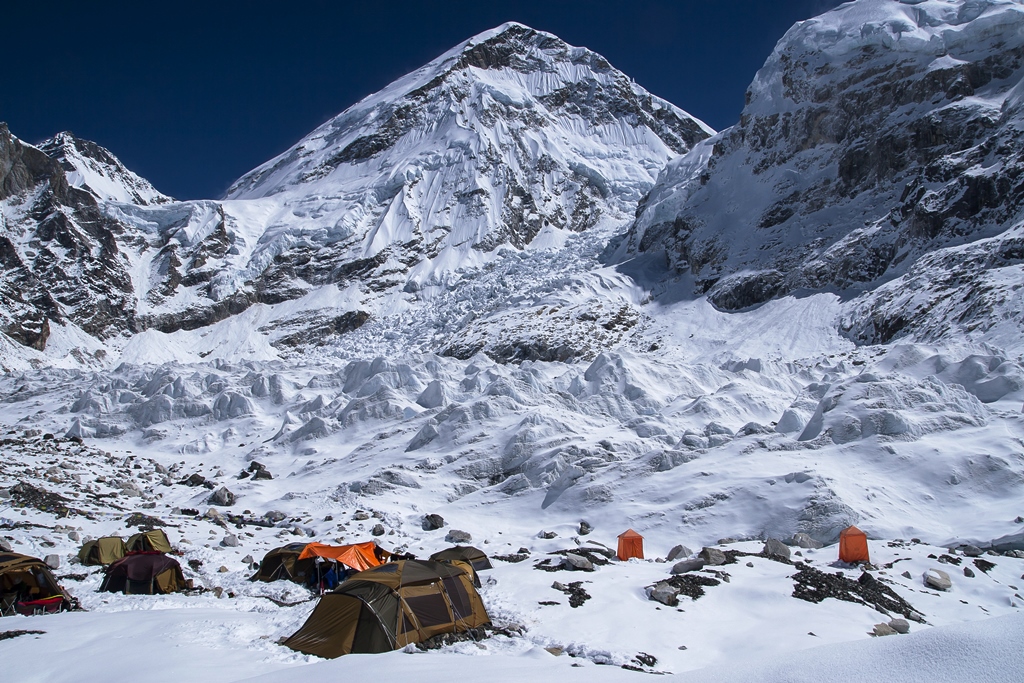
For some trekkers, EBC trek alone is a huge travel goal! Rigorous training, honing patience levels, developing sustainable trekking stratagem, investing in reliable trekking gear are the many tasks on the to-do list when you are planning for an EBC trek. Add to that, the project of finding qualified trekking outfitters and trusting the uncertain weather. Discussing with professionals and booking early will take away half of those troubles and yet a few loopholes will still remain.
Must Read: 15 Tips and Tricks to Reach Everest Base Camp
Naturally, when the achievement is so humongous, the stakes are higher. Sometimes, life-threatening even. You can do best by putting some faith in your luck and winging it or you can know what to do if you face some serious problem on your EBC trek, the possibility of which remains significant. Here’s a complete guide to knowing what to do when things don’t go as planned on your EBC trek:
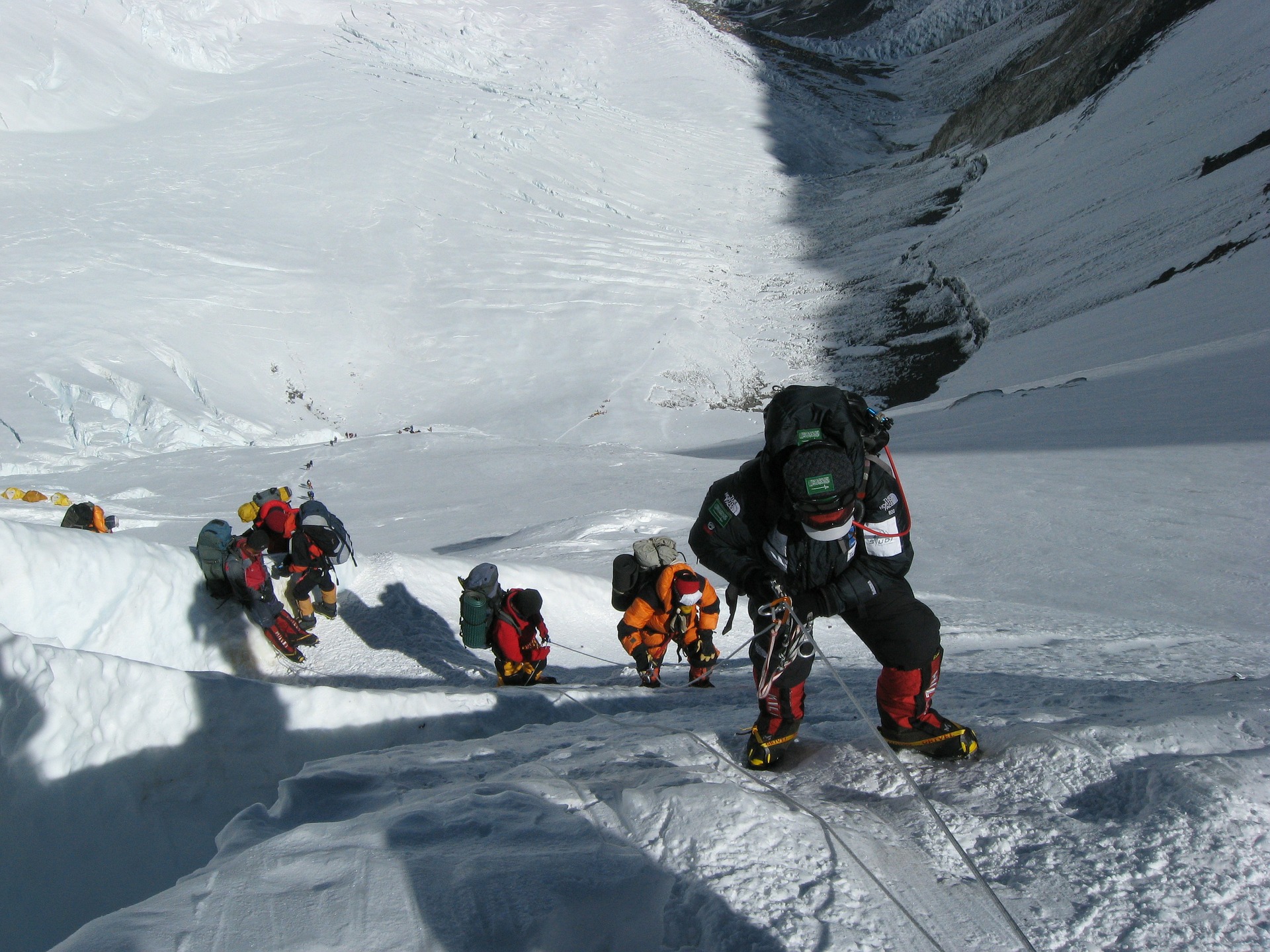
Mt. Everest is in a very remote region and at a very high altitude doubles the risk factor. However, the chances of getting medical aid get scarcer as we go up. A mishap like a simple leg injury; life-threatening high altitude sickness like AMS (Acute Motion Sickness), HAPE (High Altitude Pulmonary Edema) or HACE (High Altitude Cerebral Edema); natural disasters like earthquakes, avalanches, and rock-falls can prove fatal. At such an altitude, one has to be rescued with the help of a helicopter and escorted to the nearest medical facility. An emergency evacuation via helicopter could cost more than US$10,000!
Next, never self-diagnose!
- The symptoms of altitude sickness can vary with each body type. One should never self-diagnose, chances are you will be wrong and will worsen your condition further. Medicine delayed is medicine denied.
- Update your guide regularly. Believe you, they have been doing it for years and know this like the back of the hand. Trusting their advice is not only recommended, but it is also necessary.
- Eating garlic, drinking plenty of water, and sufficient rest can reduce the symptoms but ultimately descending is the only cure.
Reaching Lukla
Lukla is a small airfield with a very short landing strip. It is considered to be one of the most dangerous airfields in the world. Being a small airfield, only small aircraft like Dornier 228 having short take-off and landing capabilities, are operated. These aircraft do not have the ability to operate in bad weather and very low visibility. That means it can get cancelled or delayed for safety reasons if there is a bad weather condition. Always take a few grace days after your return to Kathmandu so that this does not affect your flight back home. In case you reach Kathmandu on time as per your schedule you can spend the free days to explore this colorful city of Kathmandu for its rich culture.
All flights to Lukla leave from Ramechhap Airport, which is about 140 KMS and 4 and half hours drive from Kathmandu, since September 2019. In a way, it is better, as Kathmandu Airport had congested air traffic causing flight delays, really not a good thing for the mountain flights which have to leave early mornings to get a good weather window.
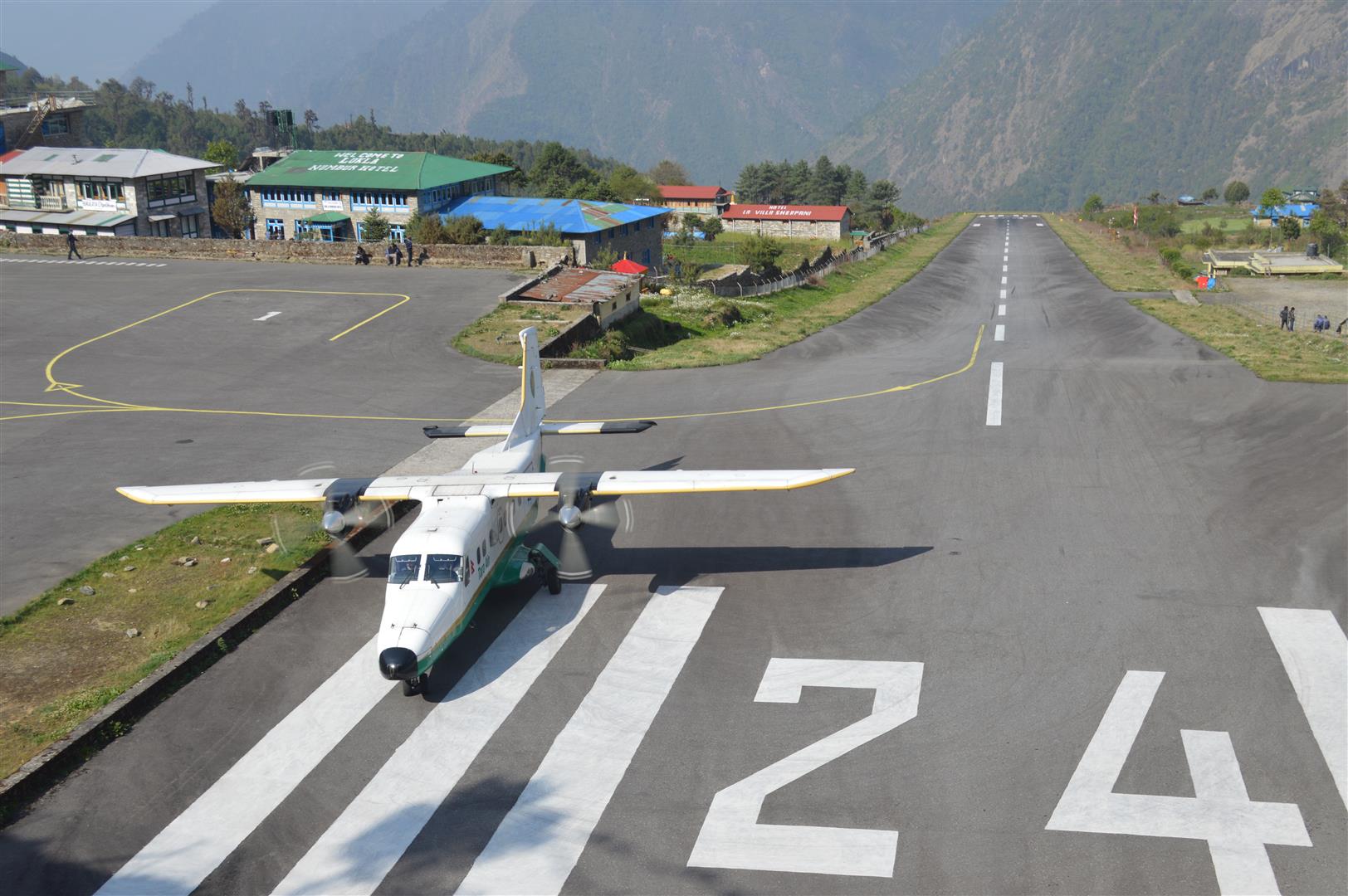
Different alternate options you can choose from, in case your Lukla flights get cancelled are:
1. Wait and try again the next day
When we wait we are be given the last priority as others have already booked for the scheduled date. Therefore, when flight gets cancelled, we reschedule it for the next day. And this means that sometimes we don’t get them at the earliest. However, we try our best.
2. Pay for an expensive helicopter to get in or out
There are choppers available for this very case. But the catch is that they offer expensive rides to get into Lukla or return back to Kathmandu. This is totally not in our hand. Sometimes they offer less and sometimes the price they offer is really high. There aren’t any fixed prices for the choppers so far and is totally dependent upon the situation. Chopper to Kathmandu is an option. Another option is a chopper to Phaplu from Lukla which may cost USD 800 (per chopper). Note: A chopper can carry 6 people. Add to that, 12 hours sharing jeep drive to Kathmandu.
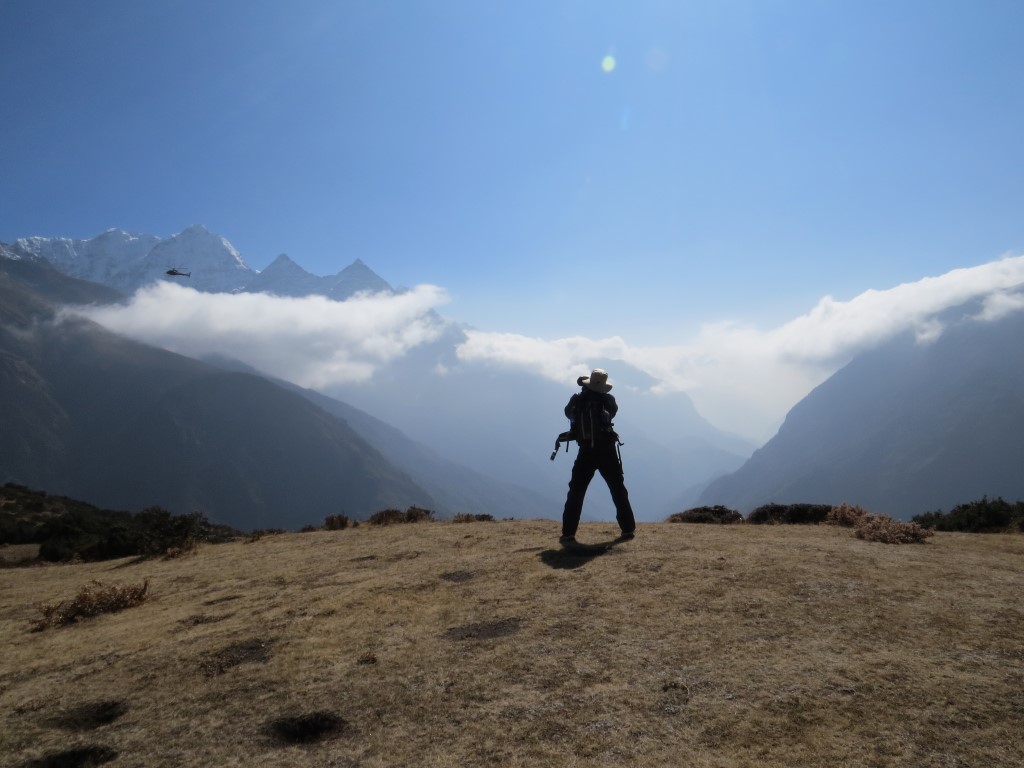
3. Hike to Phaplu + Drive to Kathmandu(Cheaper Alternative)
It is a 2 days hike to reach Phaplu from Lukla and then it takes 12 hours sharing jeep to Kathmandu. This is a way cheaper option for getting out to Kathmandu in the worst-case scenario. Meant for those who do not want to pay for an expensive helicopter or cannot wait for next day’s regular flights.
Must Read – Everest Region: There’s More to it than Everest!
WATER RESOURCES-Staying hydrated is essential!
There are many natural sources of water all along the trail. It is advised to carry some water purification tablets and a good reusable wide mouth water bottle. You can get bottled water all the way till EBC but it gets more and more expensive as it gets closer to the EBC. Also, bottled water is NOT a good idea as every other bottle means more and more garbage is created.
Responsible eco-tourism means one is not encouraged to leave behind anything other than their footprints.
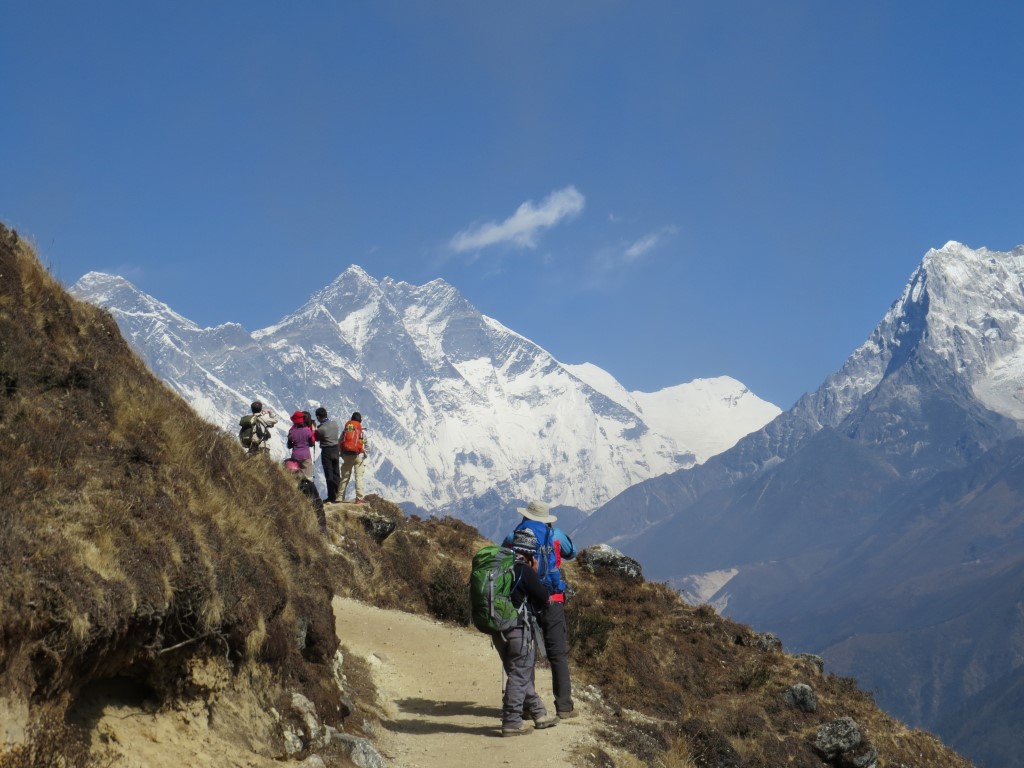
REMEMBER, REMEMBER
- There aren’t any ATMs located on the EBC trail. Remember to carry cash from Kathmandu itself. Currency exchanges on the trail offer especially inflated rates so it is advised to keep enough local currency with you i.e., Nepali Rupees.
- Do not worry about food at all. Plenty of tea houses line up the trail and typically, all kinds of nutritious or sugary food is available all the way right to the top. Dal-Bhat(dal and rice), chowmein and spaghetti are easy finds.
- You will get sufficient data if you are in possession of a local sim. Most lodges will offer Everest Link and you can buy a Wi-Fi data pack to go with it. The wi-fi is slow, generally. You are likely to remain unavailable to your friends and family.
- Even though helicopters are constantly hurrying up and down this vast network of mountains, it is extremely costly to be used for supplying materials. This is exactly why you will find everything priced pretty heavily, the further up you trek.
Must Read – Why ‘One Is Not Enough’ For Mount Everest Base Camp: A Detailed Account of the EBC Trek
INSURANCE is a must in a trek like Everest Base Camp. Any insurance you go for should at least cover the following:
- Altitude cap should be at least 5,700 m
- Emergency evacuation by air in case of an accident, illness or natural disaster.
- Trip cancellation and delays
- Flight cancellations and delays including the internal flights to Lukla
- Baggage Loss
- All the countries you intend to visit during the trip
- All the adventure activity one intends to do during the course of the trip



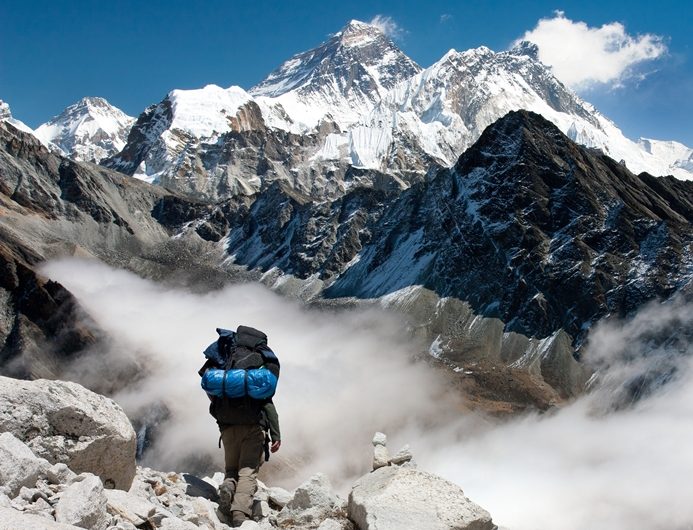
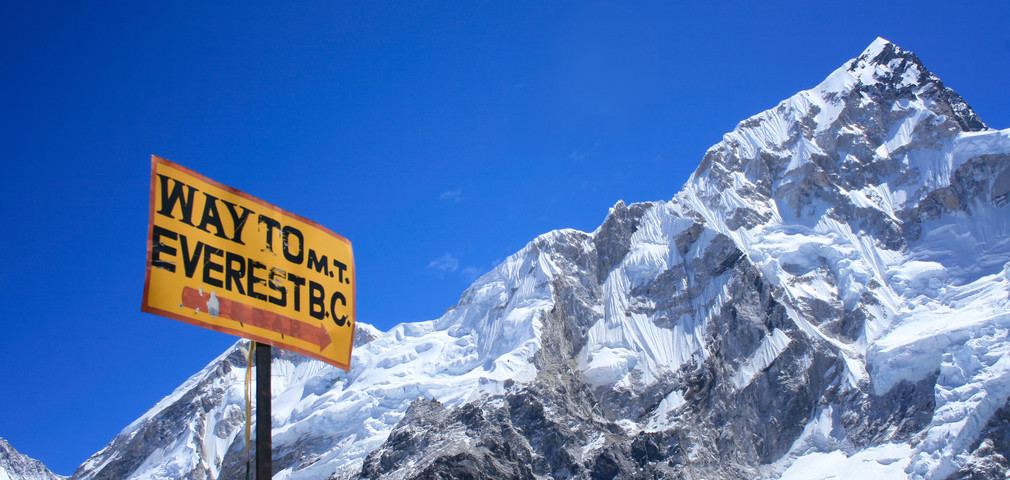
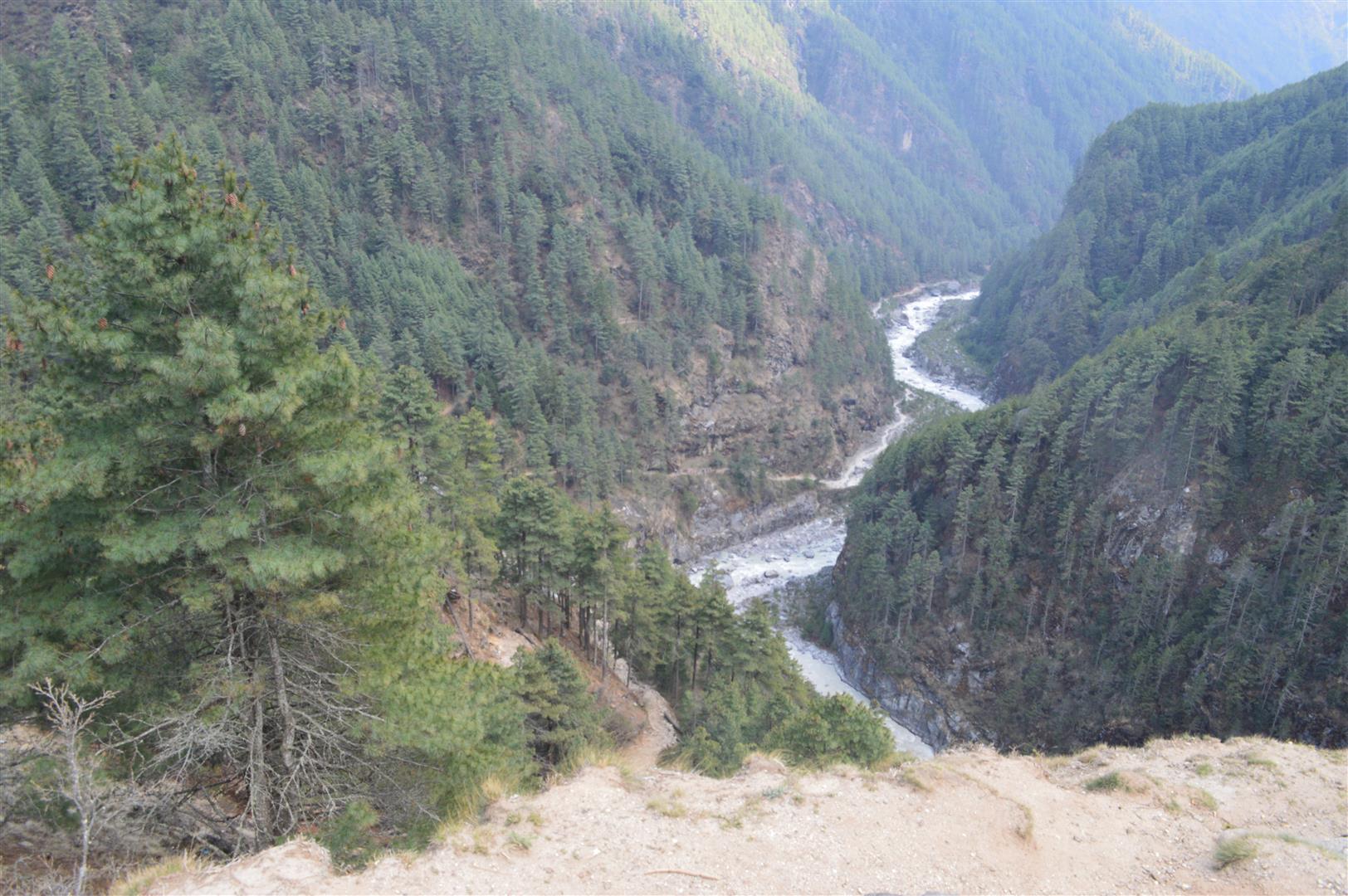
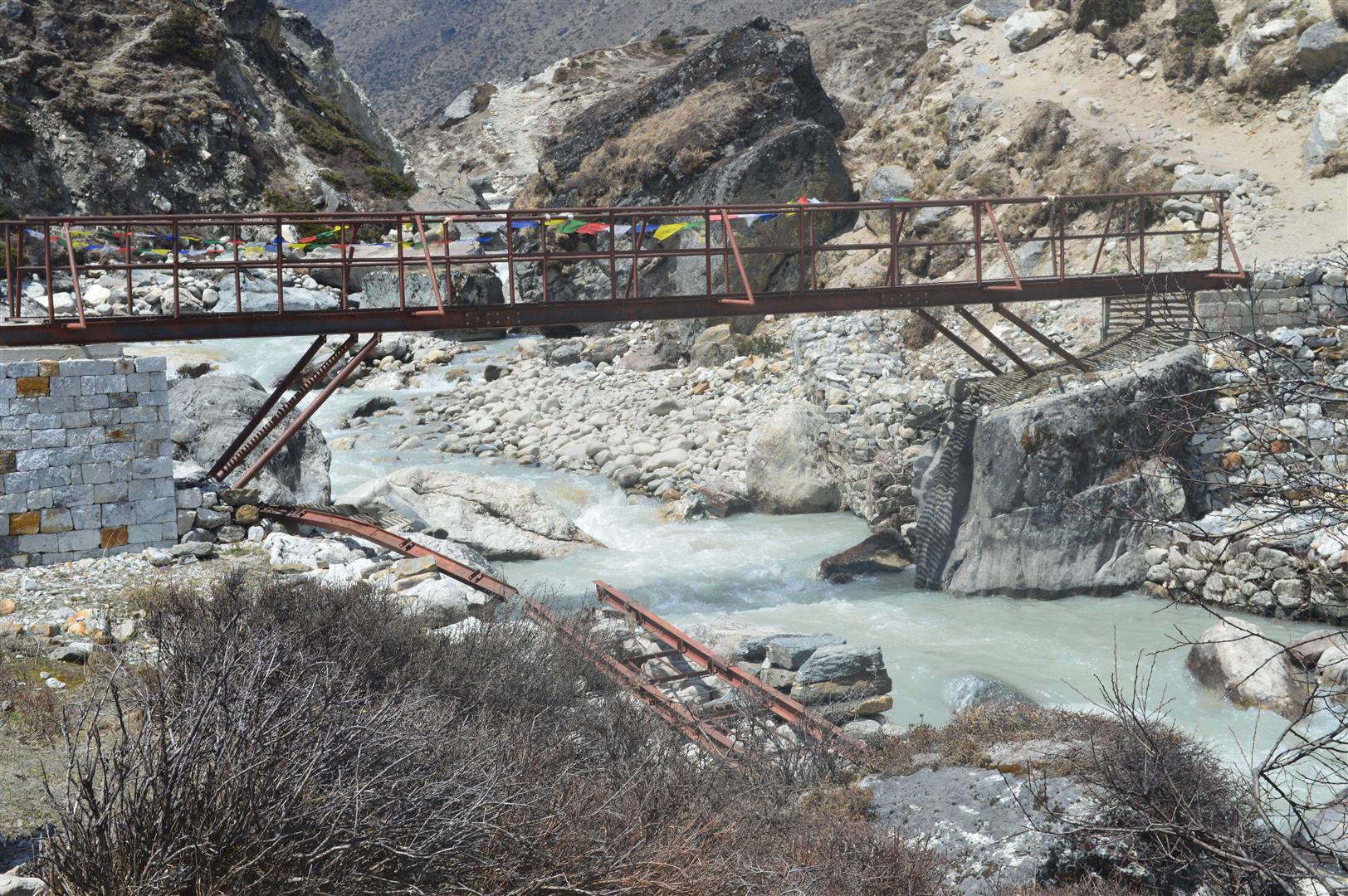
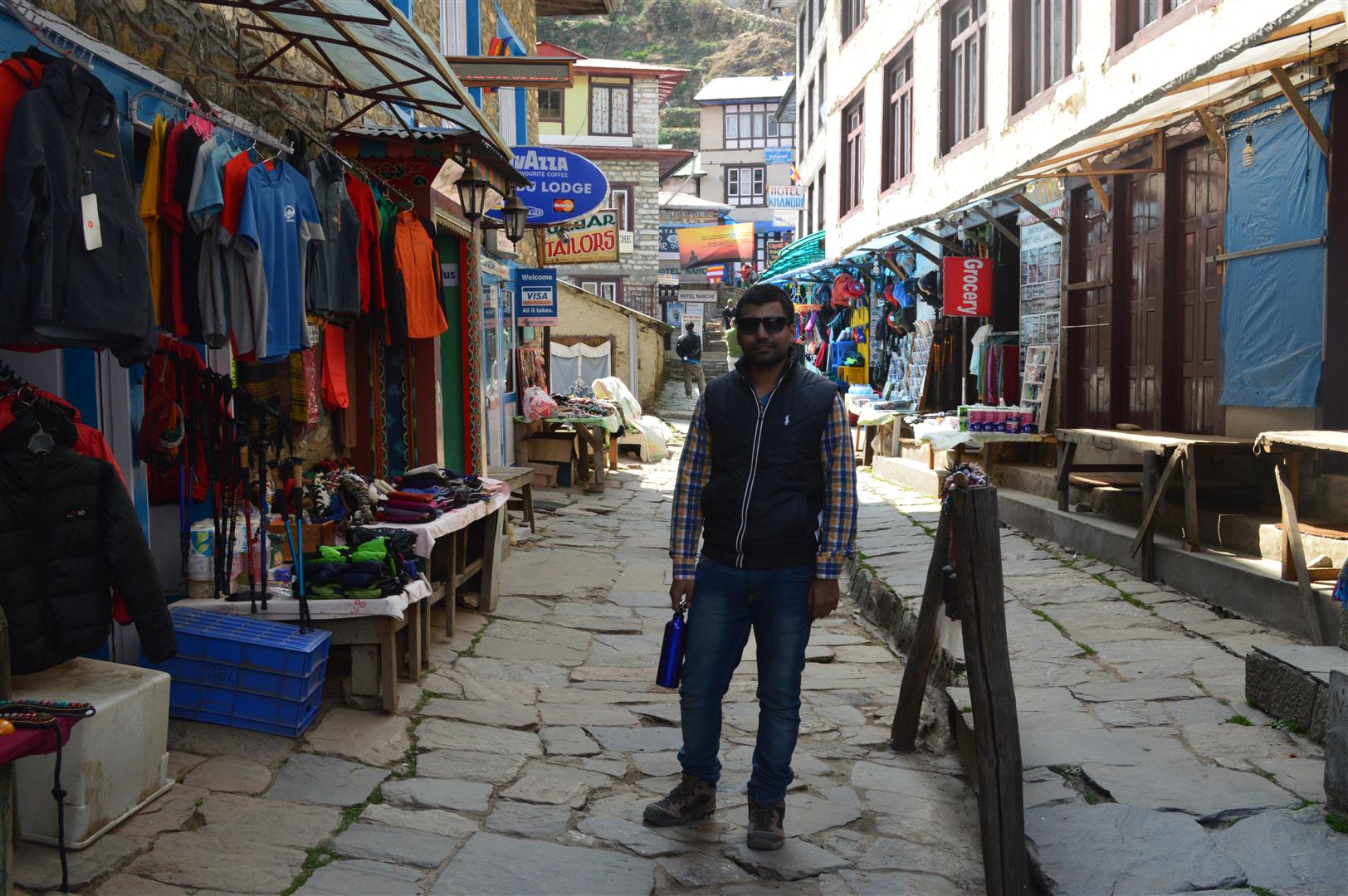


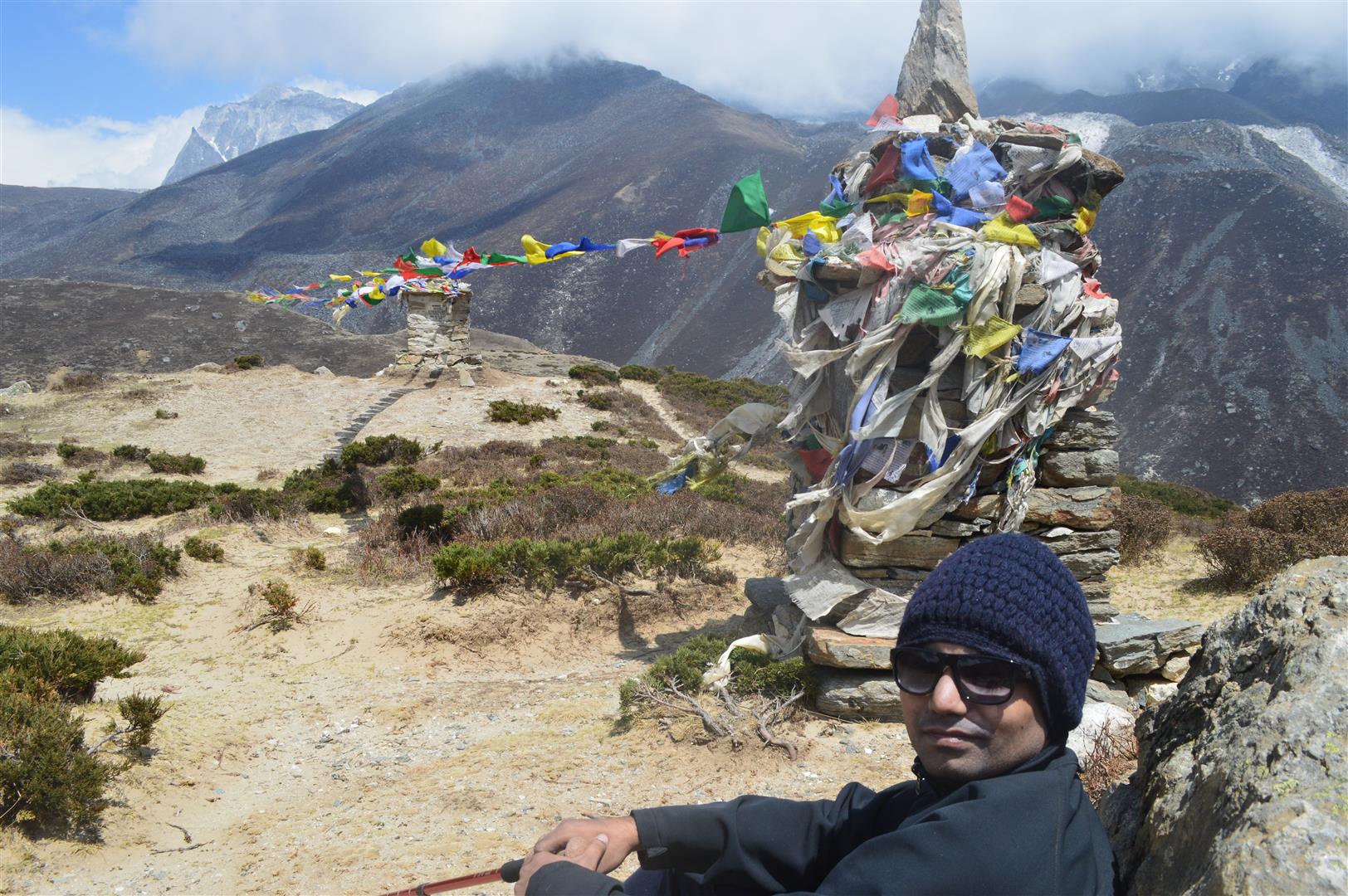
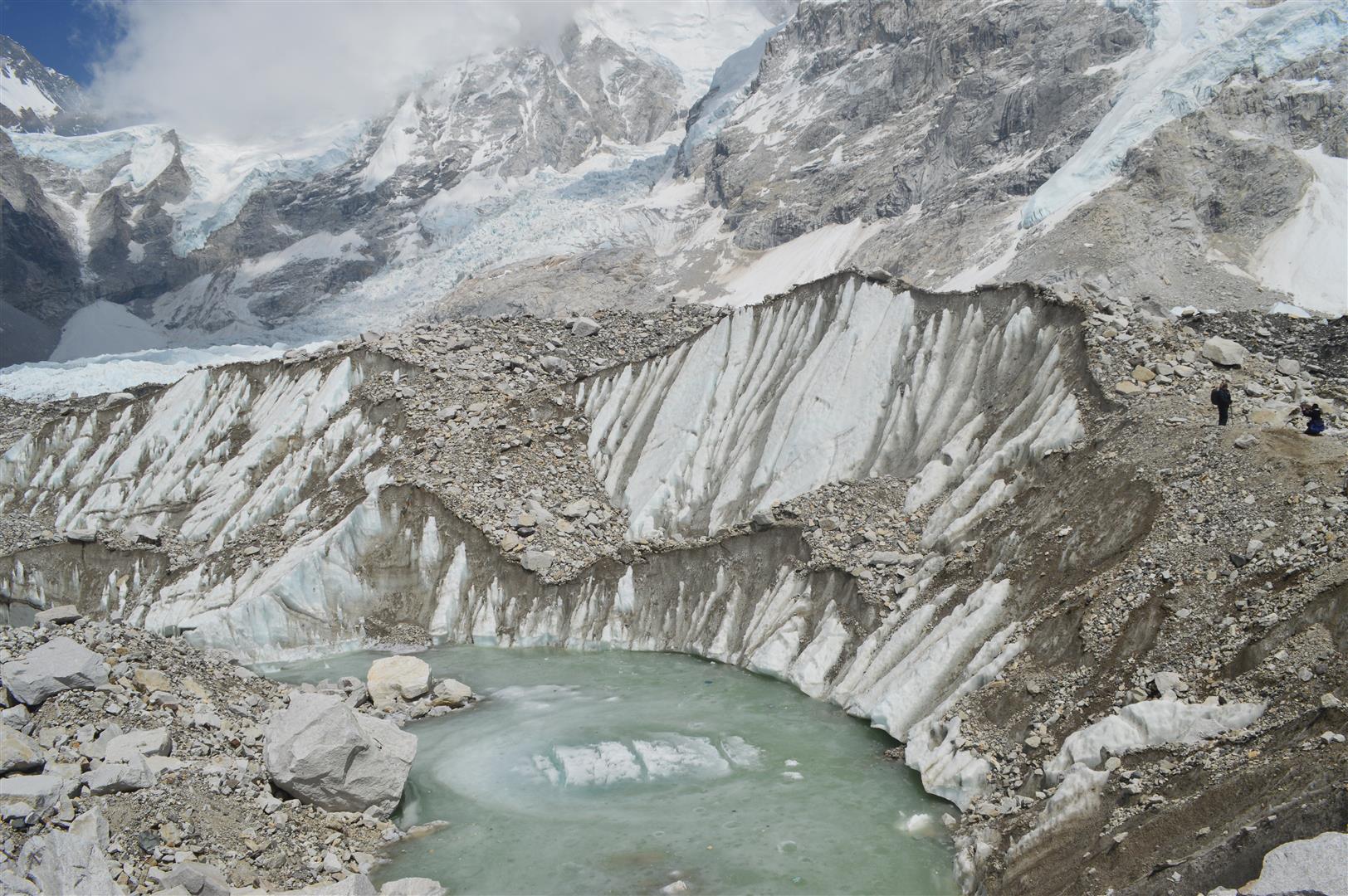
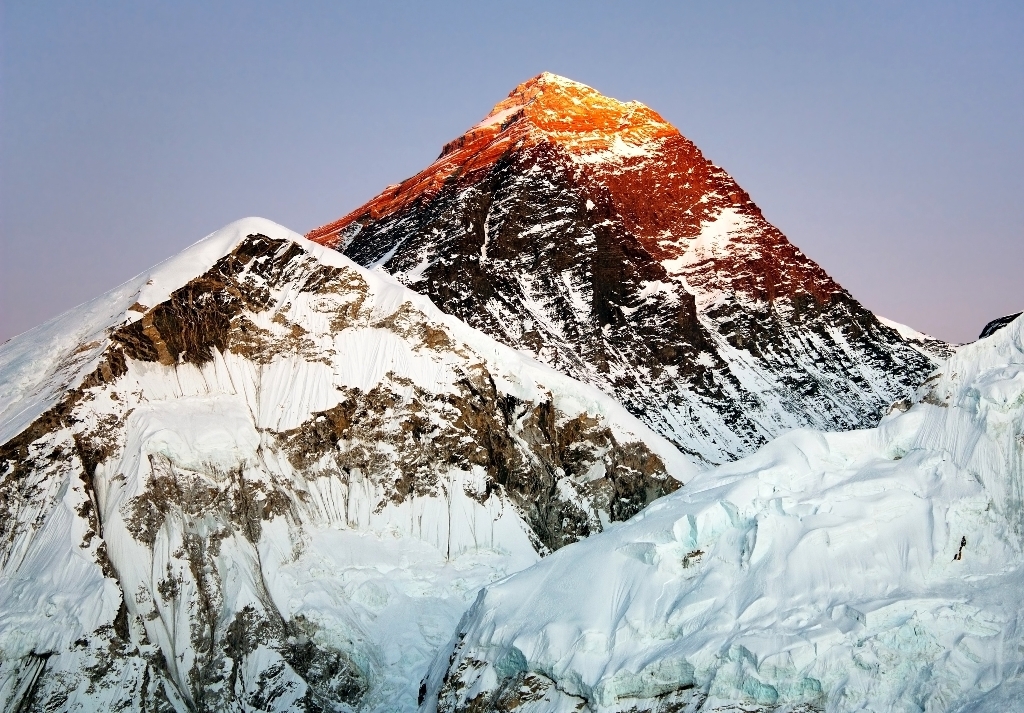
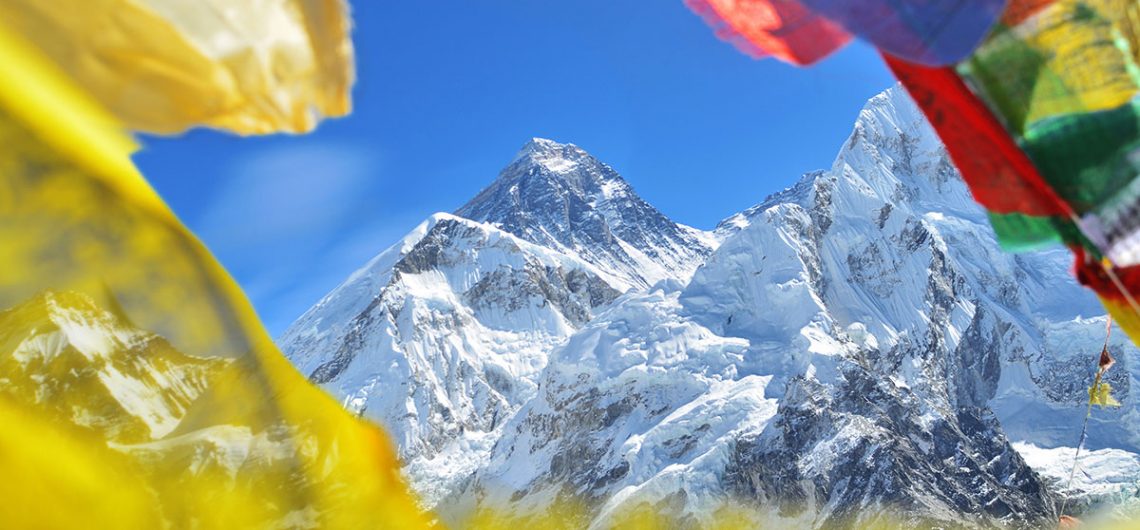
 1. Are You Experienced Enough?
1. Are You Experienced Enough?